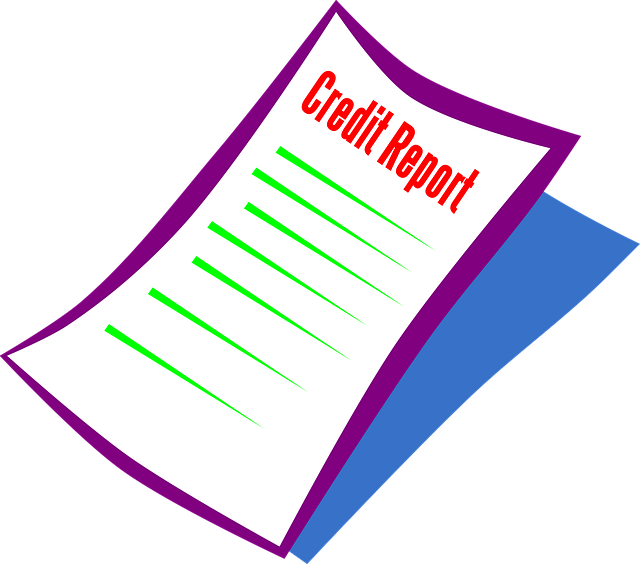Debt restructuring offers a chance to regain financial control by renegotiating loan terms. It involves simplifying budgeting through tailored options like refinancing or debt consolidation. While DIY approaches are cost-effective, consulting a financial advisor ensures optimal outcomes and prevents hindering credit recovery. Post-restructuring, exploring best debt consolidation loans and creating a responsible repayment plan rebuilds credit. Regularly monitoring progress, reviewing credit reports, and reevaluating strategies ensure successful debt management. Legal advice and innovative financing like angel investors are also beneficial options.
Rebuilding credit after a debt restructuring can seem daunting, but with a strategic approach, it’s achievable. Debt restructuring involves renegotiating terms to make repayment more manageable, but it impacts your credit score. This article guides you through the process, focusing on understanding the implications, exploring suitable debt restructuring loan options, crafting a responsible repayment plan, monitoring your progress, and adjusting as needed. By following these steps, you’ll regain financial control and restore your credit health.
- Understand Debt Restructuring Implications
- Evaluate Loan Options for Rebuilding
- Create a Responsible Repayment Plan
- Monitor Progress and Adjust Strategically
Understand Debt Restructuring Implications

Debt restructuring is a strategic process that can help individuals regain control over their finances and improve credit health. However, it’s essential to understand the implications and long-term effects this decision may have on your financial trajectory. When you restructure debt, you’re essentially renegotiating the terms of your existing loans, which could involve lower interest rates, extended repayment periods, or a combination of both. This can make your monthly debt payments more manageable but will also impact the overall cost of borrowing over time.
One common approach to debt restructuring is exploring various loan options tailored to your situation. For instance, refinancing your debts through a personal loan with a lower interest rate could reduce your monthly outgoings. Alternatively, debt consolidation allows you to combine multiple high-interest debts into one single payment, simplifying your budget. While doing it yourself (DIY) debt restructuring can be appealing due to its cost-effectiveness, consulting with a financial advisor is recommended to ensure the best possible outcome and avoid potential pitfalls that may hinder your credit recovery journey.
Evaluate Loan Options for Rebuilding

After a debt restructuring, evaluating various loan options is a crucial step in rebuilding your credit profile. The first consideration should be exploring best debt consolidation loans that offer lower interest rates and more favorable terms compared to your existing debts. This strategic move can simplify repayment by combining multiple debts into one manageable loan, enhancing your cash flow management.
Additionally, examining alternative financing options such as angel investors for debt restructuring can provide a fresh perspective. While angel investors typically invest in startups, they also offer funding opportunities for individuals and small businesses navigating financial challenges. Taking the steps to restructure debt with their support can lead to more flexible repayment plans, potentially faster debt resolution, and ultimately, improved creditworthiness.
Create a Responsible Repayment Plan

After a debt restructuring, creating a responsible repayment plan is essential for rebuilding your credit. This involves understanding your financial situation and devising a strategy to pay off your debts effectively. One approach is to prioritize high-interest debts first while making minimum payments on others. You can also consider consolidating your debts through loan options tailored for debt restructuring, which often offer lower interest rates and manageable repayment terms. Bootstrapping debt restructuring, where you pay off debts using your current income and expenses, is another viable method that emphasizes discipline and self-reliance.
Remember, consumer protection for debt restructuring provides safeguards for borrowers, ensuring fair practices and transparency. For small businesses facing financial challenges, exploring debt restructuring options can be a strategic move to stabilize operations. Whether you opt for formal loan structures or bootstrap your way out, adhering to a structured repayment plan demonstrates responsibility and fosters positive credit behavior over time.
Monitor Progress and Adjust Strategically

After implementing a debt restructuring plan, it’s crucial to monitor your progress regularly to ensure you’re on track and make adjustments as needed. Keep a close eye on your credit reports from the major credit bureaus, reviewing them at least once every three months. This will help you identify any errors or discrepancies promptly. Compare your actual payments and behaviors with your restructuring plan—are you making more than minimum payments? Are you adhering to the agreed-upon terms? If not, it might be time to reevaluate your strategy.
Strategic adjustments could involve exploring different debt repayment methods, negotiating with creditors for better terms, or even considering additional loan options tailored for those who have gone through debt restructuring. Getting out of debt faster is always desirable, but it’s equally important to do so responsibly. Seeking debt restructuring legal advice can help navigate complex scenarios and ensure the best possible outcome. Additionally, exploring alternative financing options, like angel investors for debt restructuring, might offer new opportunities for managing and ultimately paying off your debts.
Debt restructuring can be a challenging process, but with careful planning and strategic adjustments, rebuilding credit is achievable. By understanding the implications of your current situation, evaluating suitable loan options for repayment, creating a disciplined repayment plan, and closely monitoring progress, you can gradually restore your financial health. Remember, it’s essential to stay committed and flexible throughout this journey, as managing debt effectively requires time and perseverance. With the right approach, you’ll be well on your way to securing a brighter financial future after debt restructuring.
